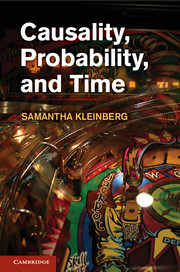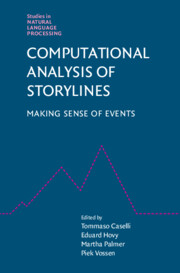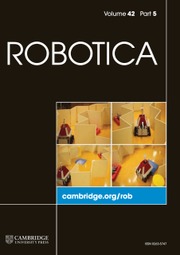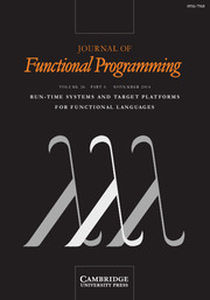Causality, Probability, and Time
Causality is a key part of many fields and facets of life, from finding the relationship between diet and disease to discovering the reason for a particular stock market crash. Despite centuries of work in philosophy and decades of computational research, automated inference and explanation remains an open problem. In particular, the timing and complexity of relationships has been largely ignored even though this information is critically important for prediction, explanation and intervention. However, given the growing availability of large observational datasets including those from electronic health records and social networks, it is a practical necessity. This book presents a new approach to inference (finding relationships from a set of data) and explanation (assessing why a particular event occurred), addressing both the timing and complexity of relationships. The practical use of the method developed is illustrated through theoretical and experimental case studies, demonstrating its feasibility and success.
- Provides practical methods for automated inference and explanation where the relationships can be more complex than one variable leading to another and can take place over windows of time
- Offers the first method for causal inference where relationships are described using a temporal logic
Reviews & endorsements
'… informative and engaging … Arguably an equally valuable contribution of the book is its integration of relevant work in philosophy, computer science, and statistics.' David R. Bickel, Mathematical Reviews
Product details
November 2012Hardback
9781107026483
265 pages
242 × 160 × 16 mm
0.49kg
33 b/w illus. 6 tables
Available
Table of Contents
- 1. Introduction
- 2. A brief history of causality
- 3. Probability, logic and probabilistic temporal logic
- 4. Defining causality
- 5. Inferring causality
- 6. Token causality
- 7. Case studies
- 8. Conclusion
- Appendix A. A little bit of statistics
- Appendix B. Proofs.









